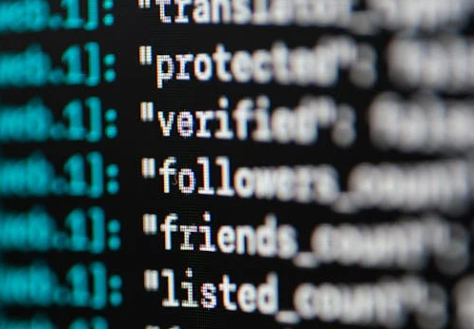Comments
- No comments found

Data and user accounts need to be more secure than ever.
Cyber threats change daily, and passwords are just not enough. That’s where two-factor authentication (2FA) comes in.
It adds another layer of protection, reducing access to everyone. Here’s why 2FA matters most for Windows domains and how to implement it for your domain users.

2FA adds security by requiring two things: something you know (your password) and something you have (a hardware token or mobile app).
Cybercriminals will have a much harder time getting into your systems. 2FA is vital for businesses that handle sensitive information or work in regulated fields.
The best way to secure your Windows domain is Protectimus’s 2FA for Windows domain. It integrates with your existing setup, doesn’t disrupt user flow and requires another verification. Only people you want to have access to your domain resources will.
Setting up 2FA for your Windows domain means configuring your domain controllers and user accounts to ask for 2FA on login.
That can be hardware tokens, mobile apps or SMS codes.
You also need 2FA for domain users, as it's easy and adds to your security. Configure domain users to use 2FA when accessing sensitive resources. It adds another layer of protection when remote access is involved.
To get started, you'll need to ensure that all domain users are equipped with the necessary tools to authenticate themselves.
That means distributing hardware tokens or showing them how to set up mobile authentication apps. Make it as smooth as possible so users can quickly get used to the new security.
Enhanced Security: In essence, 2FA makes it much more difficult for attackers to penetrate your systems since they are forced to go through another safety layer.
User Trust: Users will have more confidence and trust that their accounts are secure as they are protected by 2FA.
Reduced Risk of Data Breaches: Even if the password is intercepted, one cannot gain access since there is another layer of security.
Compliance: Several legal acts prescribe the use of 2FA as an obligatory measure within the framework of compliance.
Besides the physical tokens, there are other gadgets that are used.
These devices provide various authentication forms, each with unique benefits:
Smart cards contain a chip that holds the authentication data. To authenticate themselves, users place the card on a reader and then type in a Personal Identification Number.
This method is very safe and is frequently used in government and business establishments.
Hardware tokens are very important for 2FA. These physical devices produce TOTP, the time-based one-time passwords that users must enter together with their normal passwords.
Protectimus offers a very secure hardware token. The codes are difficult to duplicate or access through the Internet.
They are most useful where the highest level of protection is needed, and this is mostly seen in areas of high security. They are immune to most general cyber threats, such as phishing.
When using the hardware tokens in your system, you will be able to greatly improve the security of your domain and shield your data from unauthorized access.
This security technique uses an individual's fingerprints and facial recognition to verify their identification. Because they are difficult to copy, these gadgets are both portable and reasonably secure.
Adding 2FA to your Windows domain is a great step towards better security. Here are some simple tips to do it right:
Make sure your users know why 2FA is important. Provide them with easy-to-follow guides and resources for setting up and using 2FA. Consider holding training sessions to walk them through it.
Start with the accounts that have access to the most sensitive data or administrative controls. This will allow you to protect the most critical parts of your network first.
Users can choose between various 2FA methods, such as biometrics, smartphone apps, or hardware tokens.
Update your security policies frequently. Make sure your 2FA arrangement is still working by reviewing it frequently and adjusting it as necessary to counter new threats.
Adding two-factor authentication to your Windows domain is a proactive measure to protect the digital assets of your company.
By putting 2FA Windows domain and domain users into practice, you strengthen your defences against any online attacks.
Furthermore, using smart cards, biometric devices, and hardware tokens adds an additional degree of protection that is difficult to get around.
With these precautions, you can start improving security right now and ensure the safety of your private data.
Leave your comments
Post comment as a guest